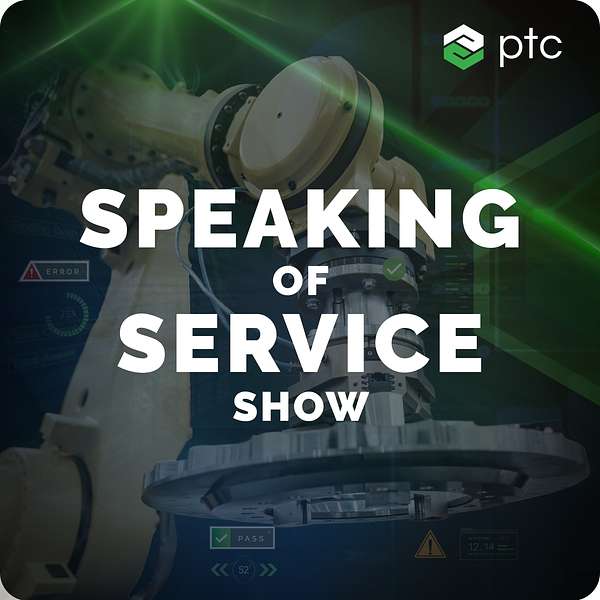
Speaking of Service
Speaking of Service uncovers practical ways to grow service revenue, control costs, and improve customer satisfaction. If you’re looking to innovate, gain a competitive edge, or just learn about the latest service trends, you’ve come to the right place! Also check: www.ptc.com/speakingofservice
Speaking of Service
It Takes a Village—Your Ecosystem is Key to Fast-time-to-Value
•
PTC
•
Season 1
•
Episode 15
Take a look at our supporting service topics.
Working with an integration partner is not a cost adder. The right ecosystem shortens your project's time-to-value and can pull the associated ROI into the right range. That's only true if you're not working with the right partner with the right experience and in an organized, effective fashion. Reducing total cost of ownership and time to value by getting the right advice from the right team.